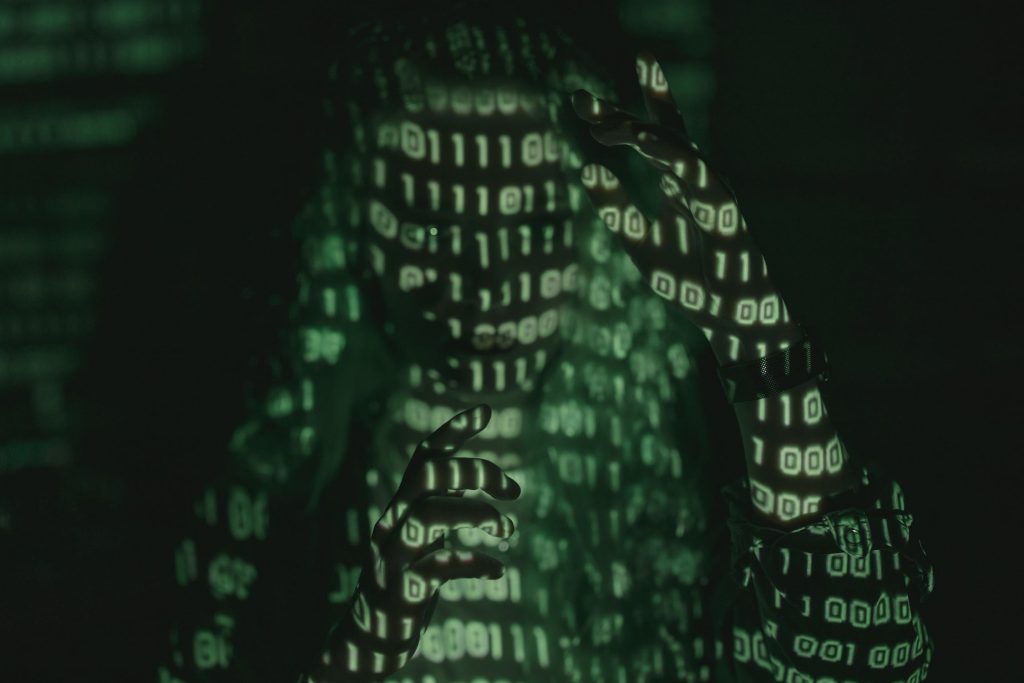
Networked computers communicate with each other through IP addresses. To avoid problems they have to be unique. You can compare an email address to a physical address (country.city.street.house number), but as computers in essence only understand binary number, so a 0 or a 1, the addresses are build up with zeros and ones.
An IPv4 address is basically an 32 bit address that for convenience is broken up in 4 groups of 8, (by eight, or byte). Binary works with level of two, that can be added. As in daily life we are used to the decimal system 0-9 these bytes can be converted to a decimal number according to the following table:
| Power of 2 | 27 | 26 | 25 | 24 | 23 | 22 | 21 | 20 |
| Decimal | 128 | 64 | 32 | 16 | 8 | 4 | 2 | 1 |
If all the bits are set/on, you add the powers of 2, so for an 8 bit number like one octet in an IP address, 11111111, would result in: 27 + 2 6 + 2 5 + 2 4 + 2 3 + 2 2 + 2 1 + 2 0 = 255. Similar, 11000000 would result in 27 + 2 6 = 192
As mentioned, an IP address is made u of 4 of the octets of binary numbers, so 11000000.10101000.00000001.00001010 would be 192.168.1.10 in decimal.
So, with the basics of how a computer sees an IP address, we only scratched part of the communication over IP, net to the IP address, you will need a subnet mask. In a home network this is 255.255.255.0 As you can see 24 of the 32 bits are set, so the subnet mask is also revered to as /24
The subnet mask tells you which part of the address in this network is fixed, so in a home network this would be the 192.168.1 part. The last octet can have values of 0-255. The first value in this range -in this case 0- is called the subnet address, and the last number in this range -in this case 255- is called the broadcast address. These addresses are reserved and cannot be used as an IP address on your network. At a later point we might dive into this a bit deeper.
For now the most important part to remember is that in a home network in general you work with an IP range 192.168.x.y with subnet mask 255.255.255.0 In most home routers x is set to 1, but it can have any value from 0-255. Most routers have IP address 192.168.x.1, the other 253 addresses can be used for other devices on this network.
For a home network this should be plenty for all the devices you have there. In a company you would likely need more address. This can be done by changing the subnet mask and/or the network class. But that is something to deal with later. I will just mention the 3 private network classes and the default IP ranges and subnet masks:
| class | IP range | Subnet mask | Hosts |
| C | 192.168.0.1-192.168.0.254 192.168.255.1-192.168.255.254 | 255.255.255.0 | 254 |
| B | 172.16.0.1-172.16.255.254 172.31.0.1-172.31.255.254 | 255.255.0.0 | 65534 |
| A | 10.0.0.1-10.255.255.254 | 255.0.0.0 | 16777214 |
